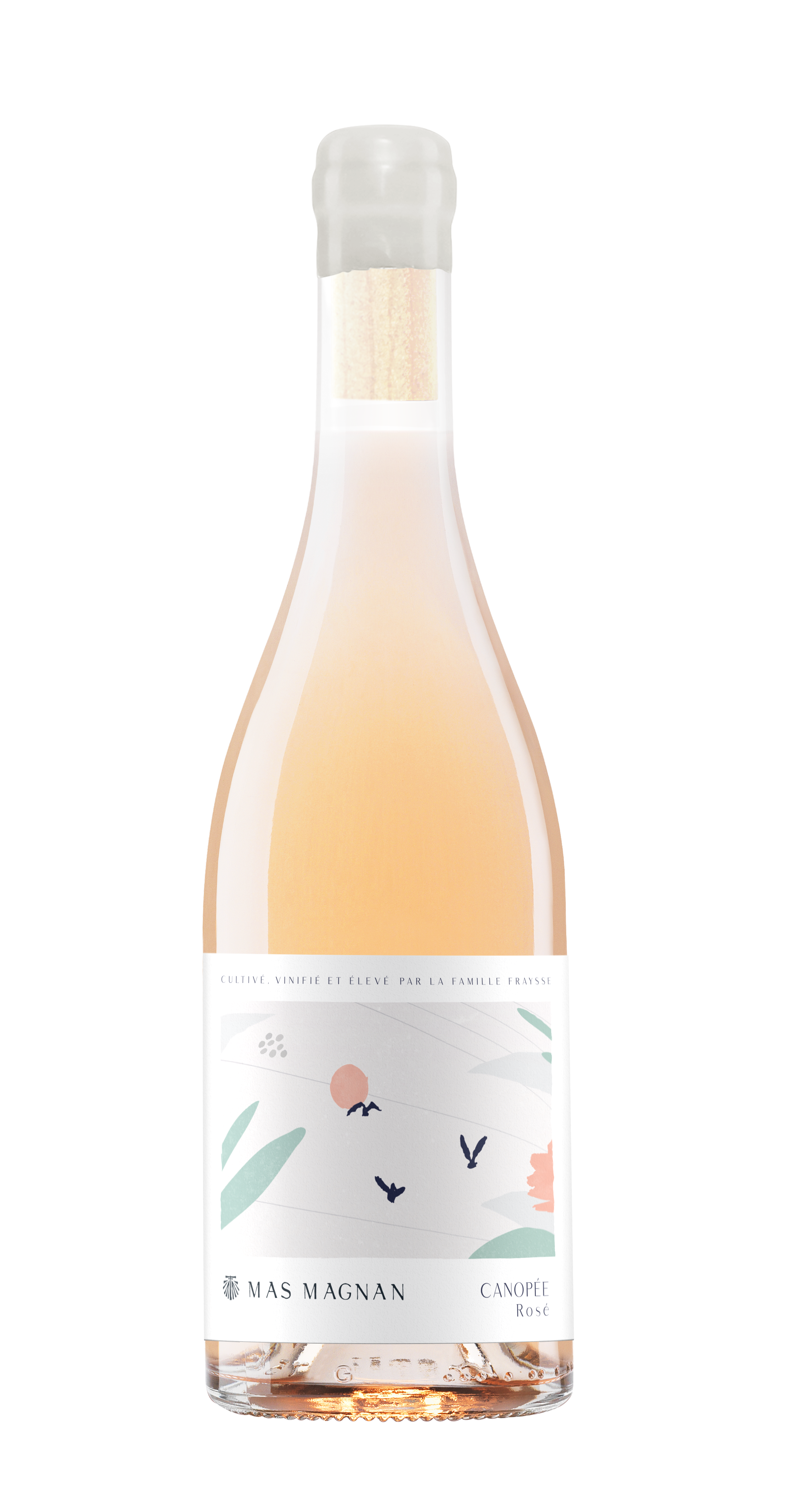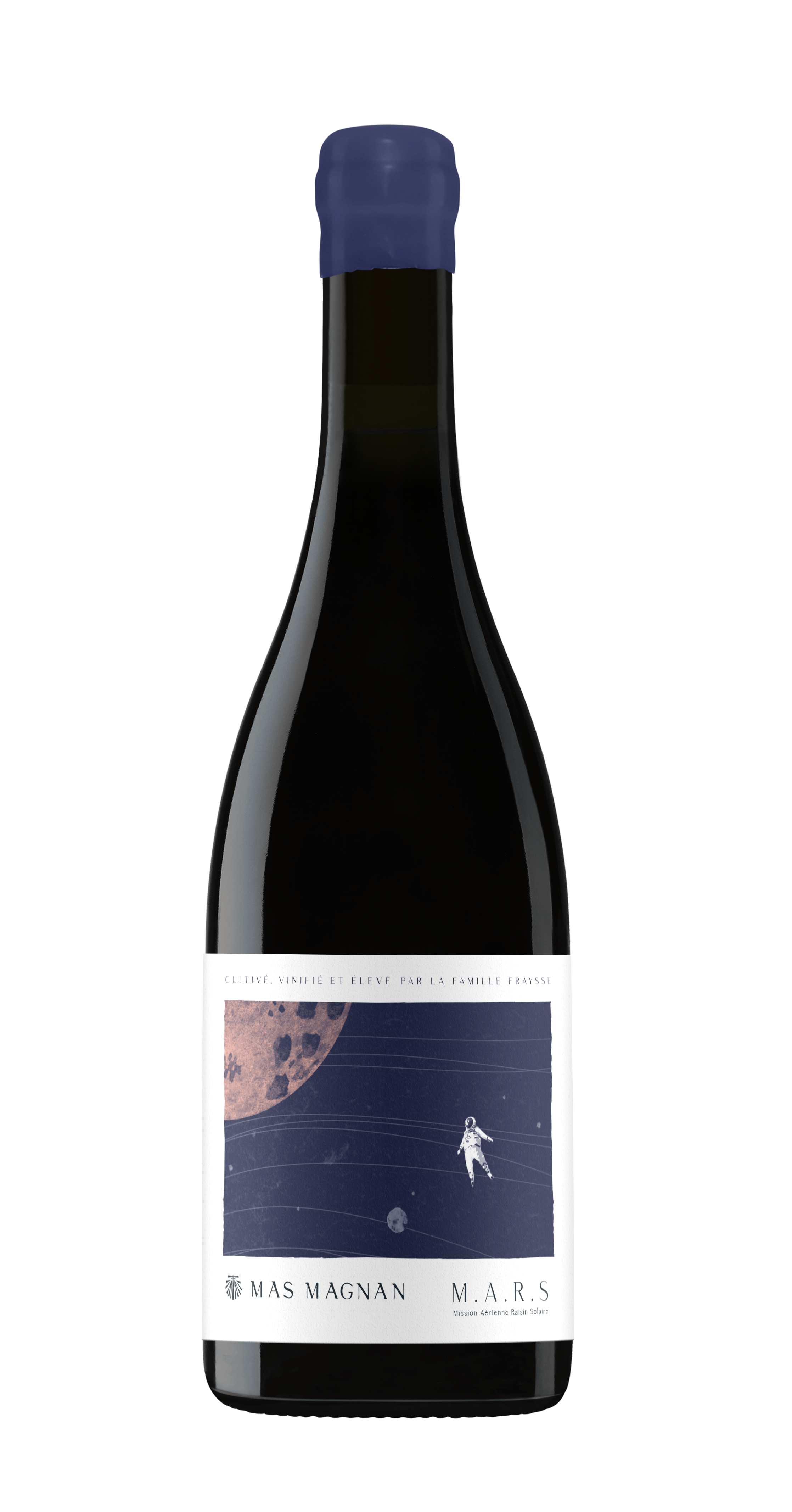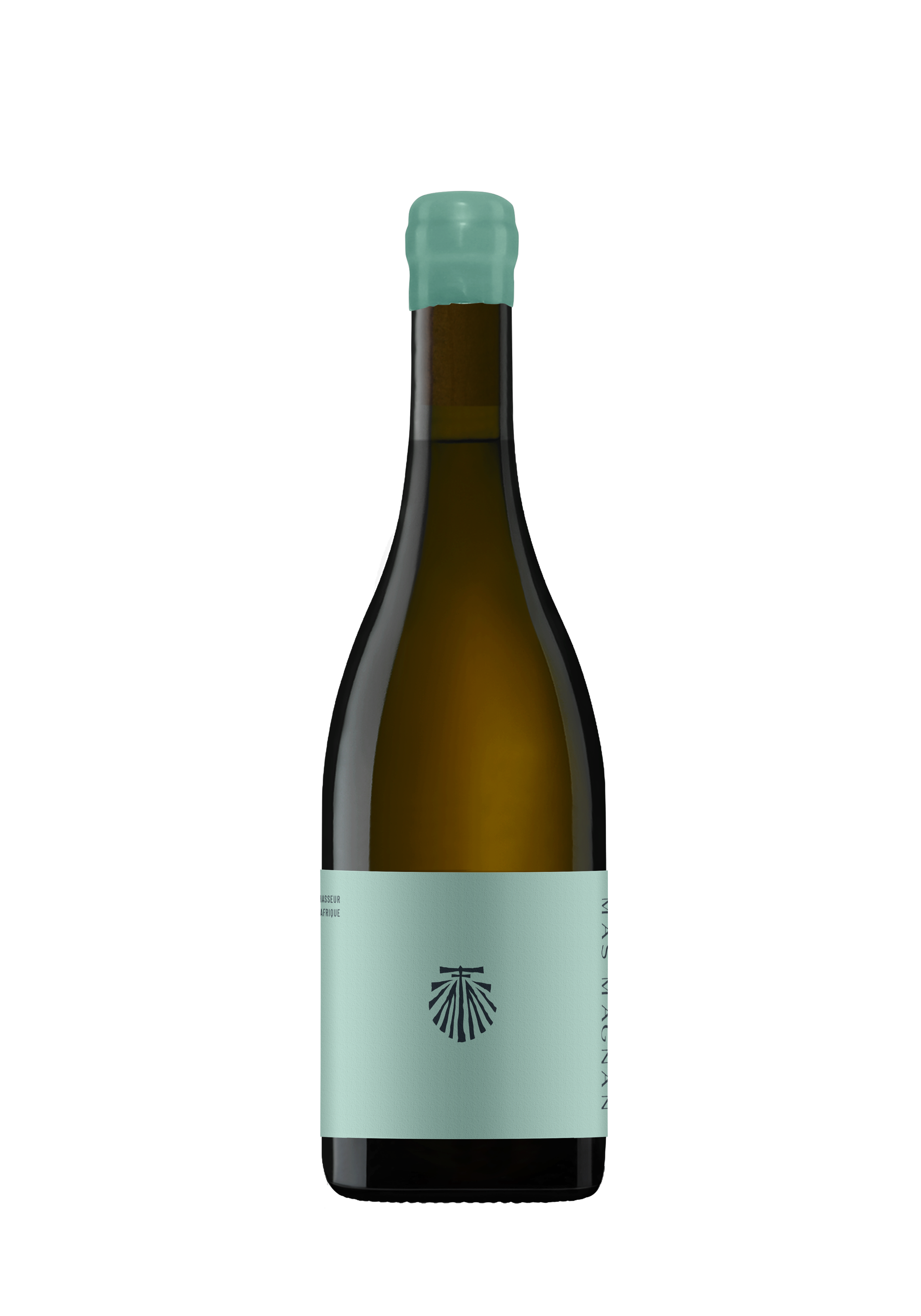Our Portfolio Director, Celia, discovered Guilhem and Hugo in the “New Wave” section of the Wine Paris Expo. With over 4,000 exhibitors, it would’ve been easy to taste their wines and keep moving—but one sip changed everything. She knew instantly: she’d be telling everyone about these talented brothers and their stunning wines from the Languedoc.
Guilhem and Hugo’s story begins over a century ago, when their ancestors left the highlands of Aubrac for Montferrier-sur-Lez, settling as farm workers near the extinct volcano Mont Ferrier. In 1905, after the phylloxera crisis, Lucien Fraysse planted the family’s first vines. For generations, the Fraysse family expanded their vineyard holdings while living off the land. In 1991, Philippe Fraysse took a leap, acquiring the historic Saint Christol vineyard in eastern Hérault. He founded Domaine des Bartavelles with the dream of crafting wines that honored the terroir—but his plans were put on hold in the early 2000s.
In 2020, Guilhem and Hugo took the reins. Committed to organic farming and ecological responsibility, they farm their 10 hectares organically with extra care—no herbicides, no chemical fertilizers, only native yeasts. They’ve gone further, ensuring all their suppliers are eco-conscious too. “Fighting climate change,” they say, “is a collective effort.”
Their vineyards span two distinct terroirs: Saint Christol and the Lez Valley. Saint Christol lies at the intersection of the Rhône, Languedoc, Cévennes, and Mediterranean zones, creating a climate with strong temperature shifts between day and night. This, along with its red and yellow marl soils, gives the wines depth, structure, and complexity. The Lez Valley, closer to Montpellier, offers cooler conditions shaped by the nearby Lez River. Here, soils range from clay-limestone to yellow marl and even tufa—similar to those in the Loire. These plots produce wines with remarkable freshness and energy, particularly in the whites.
Guilhem and Hugo have big dreams for the future. They plan to diversify their farming by producing olive oil from their father’s olive groves, and offering seasonal products like asparagus and strawberries in the spring, wheat flour after the summer harvest, and handmade items like pasta and jam in the winter. It’s all part of their commitment to reviving mixed farming—a practice that supports biodiversity and keeps their land thriving. They also hope to restore a historic building on their property, dating back to the French Revolution. Once used for silk production, they envision it as a welcoming space for events and guests—a way to share their heritage and hospitality with others.
Rooted in tradition, guided by nature, and full of promise, Guilhem and Hugo are carrying their family legacy forward, one beautiful bottle at a time. We’re honored to share their wines with you and be part of their inspiring journey.
Mas Magnan
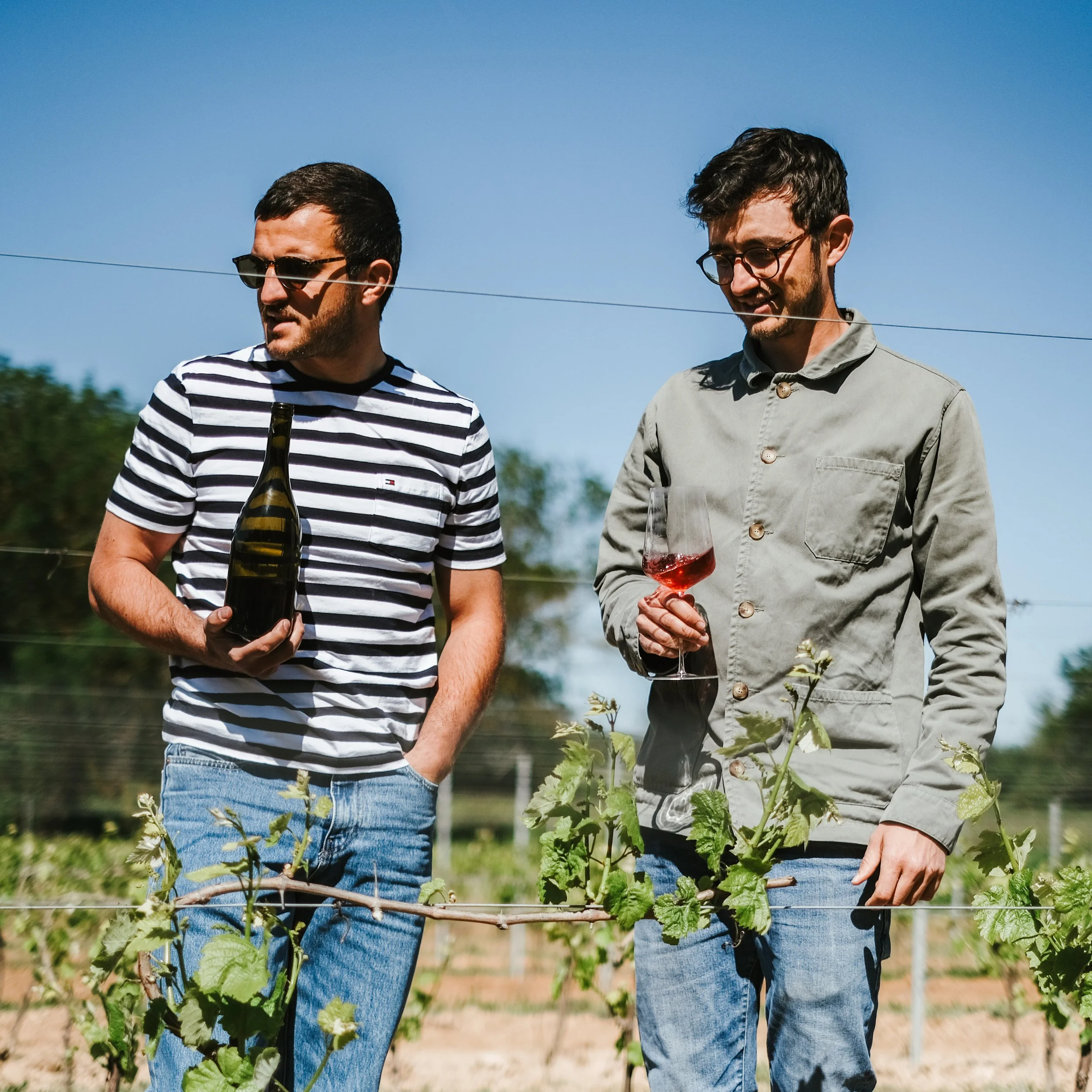
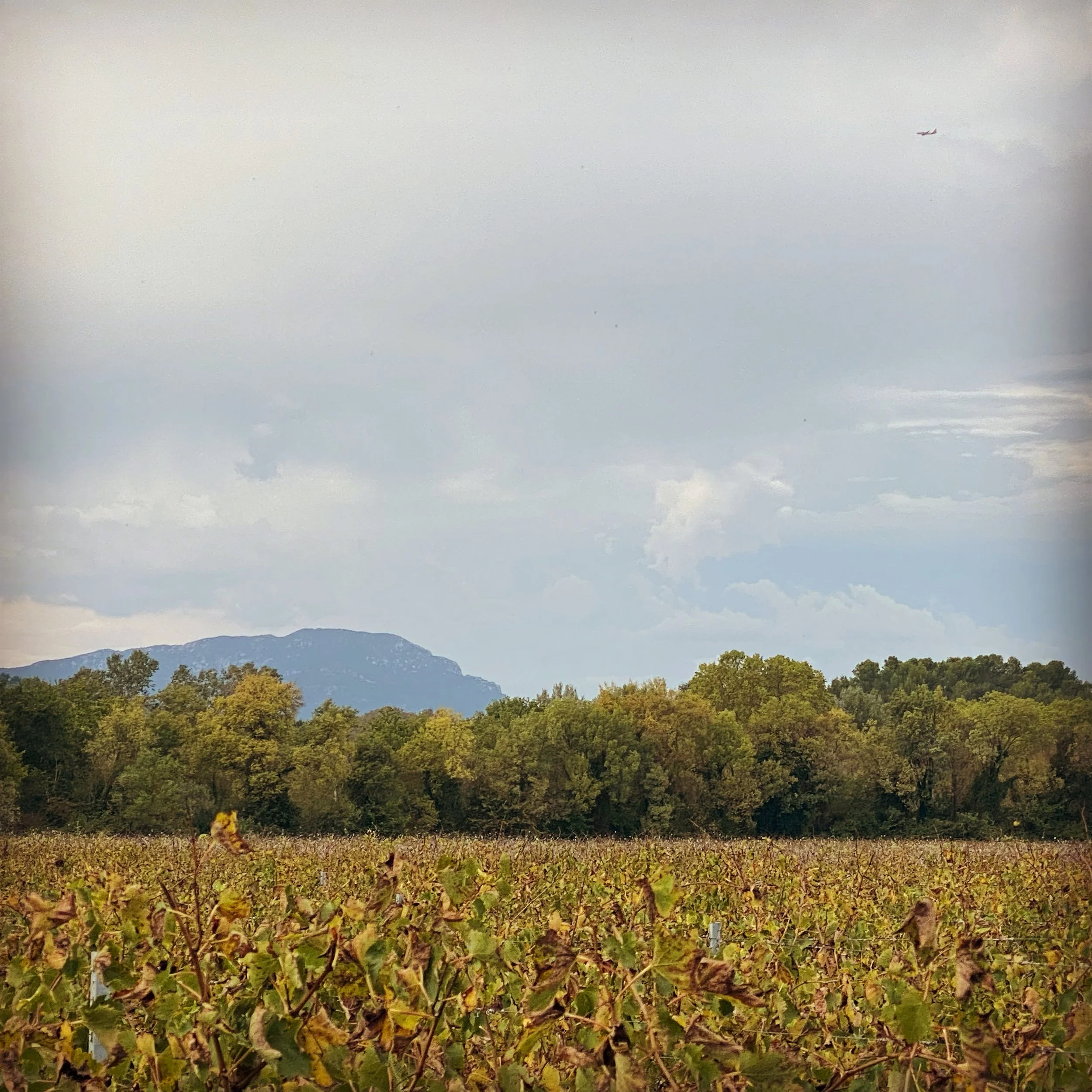
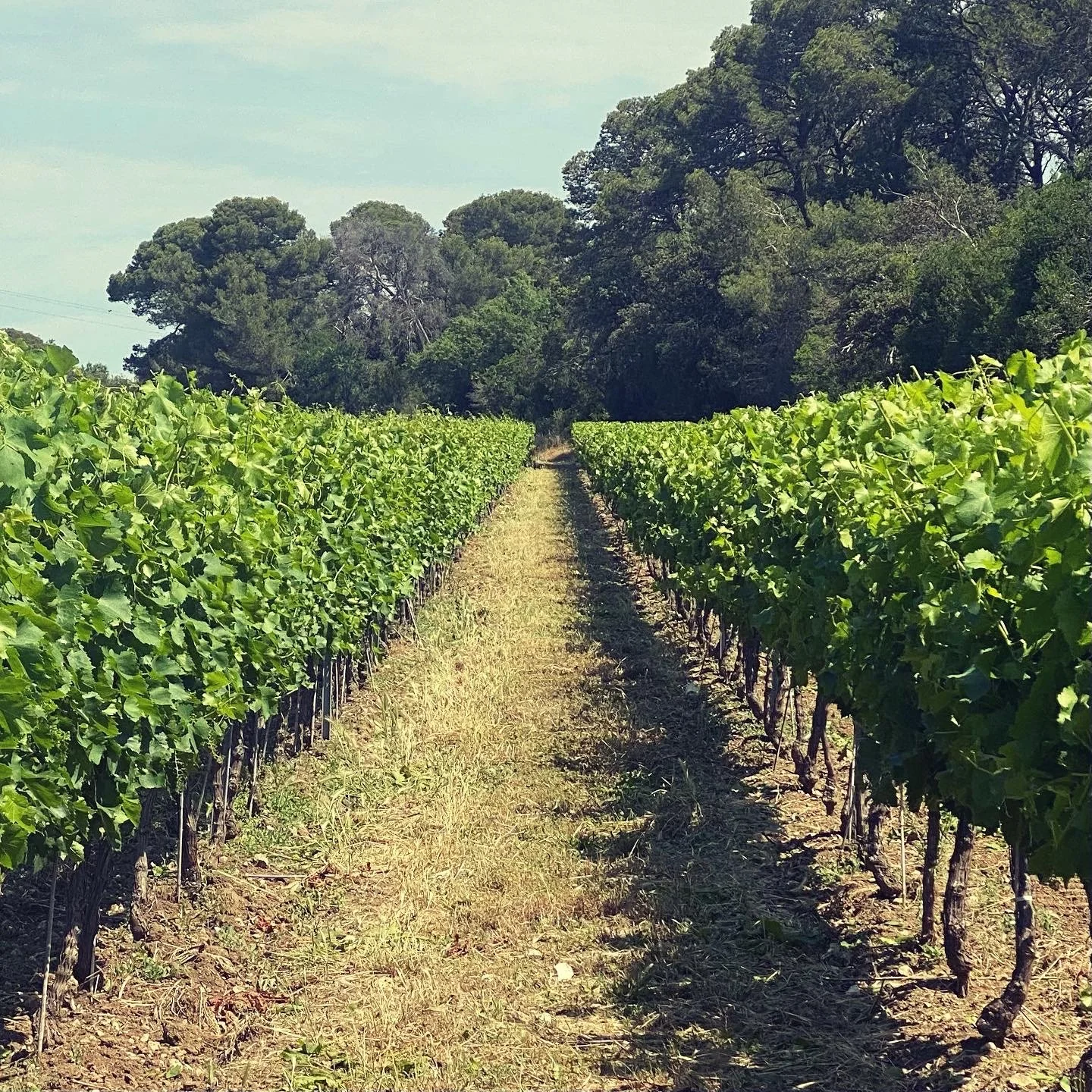
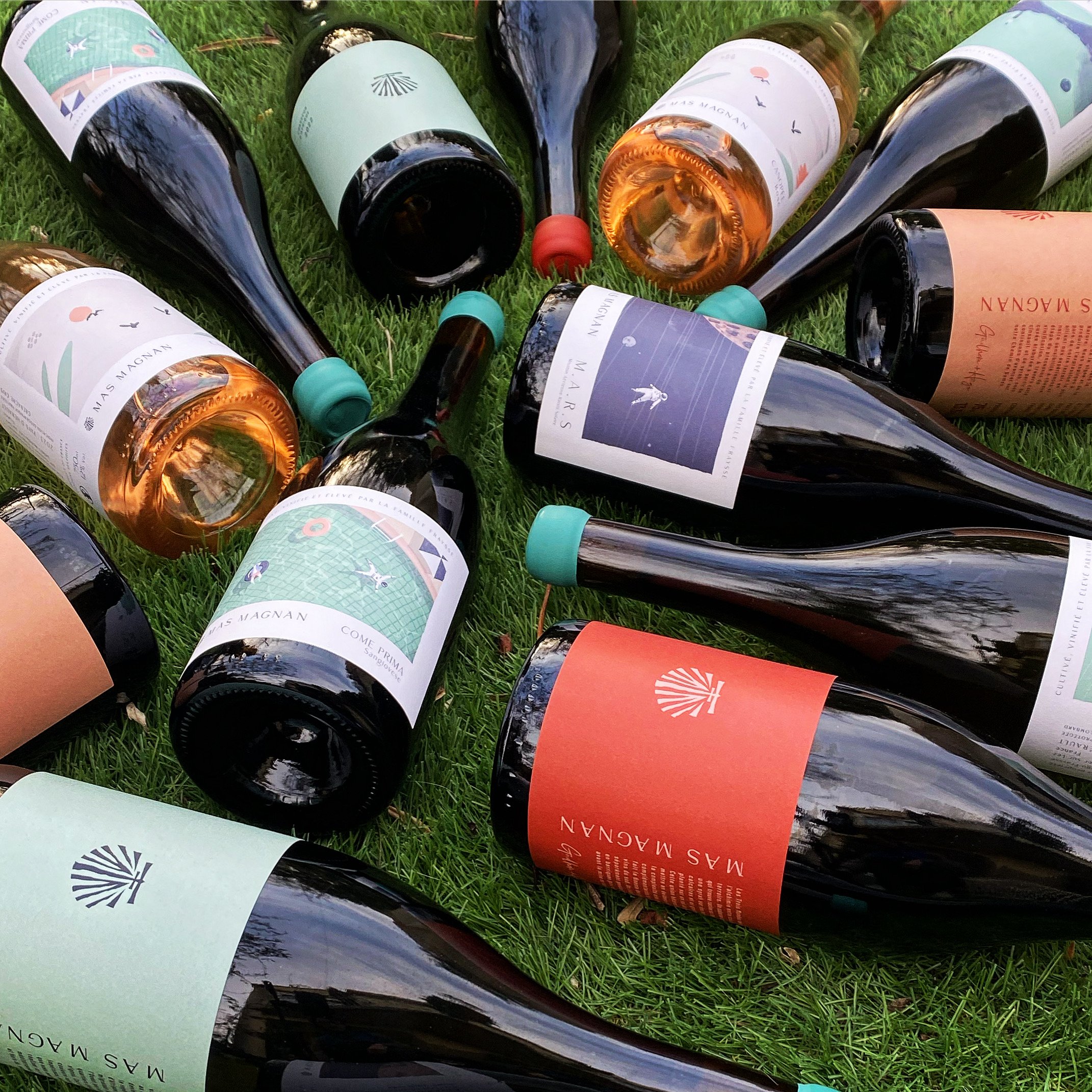
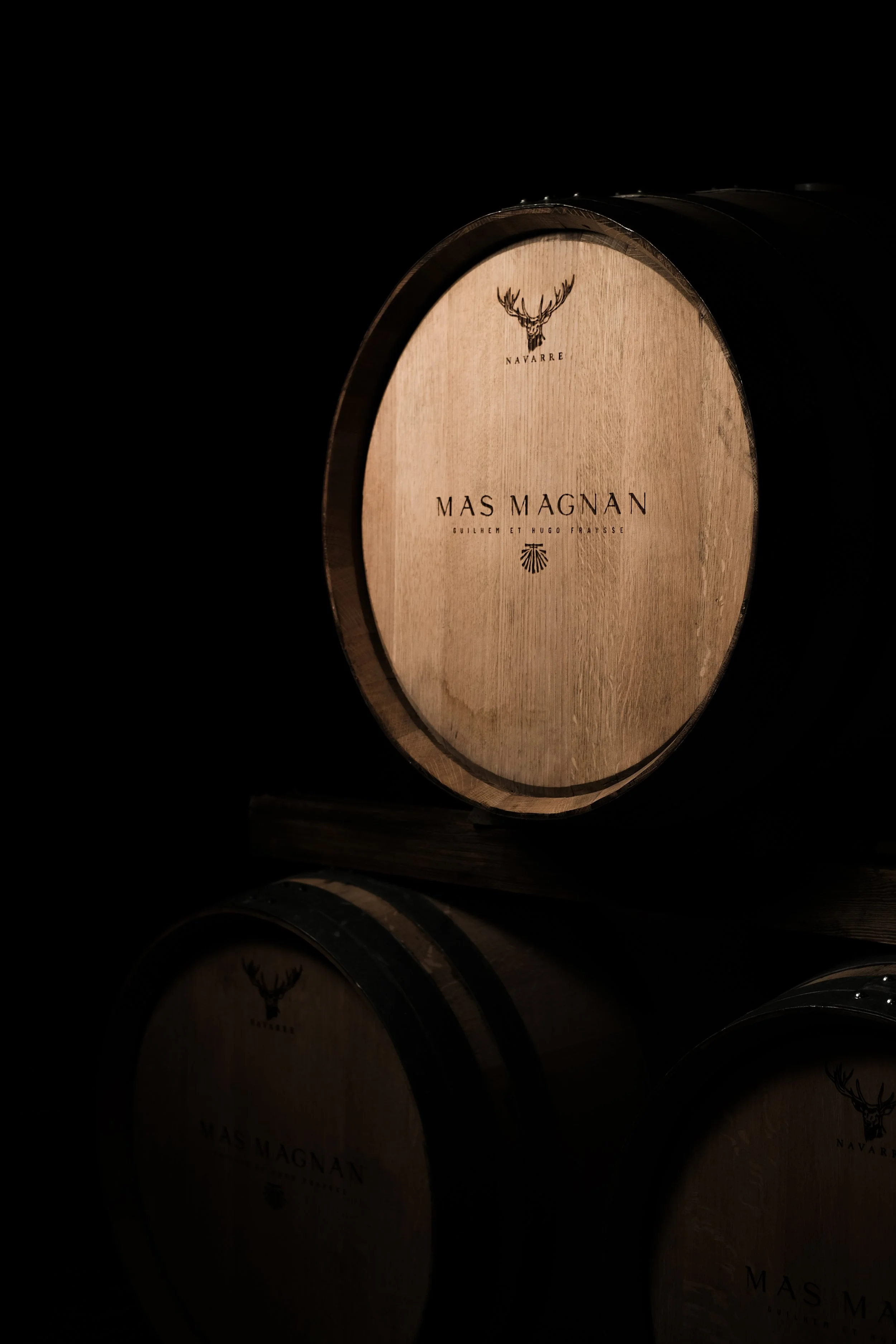
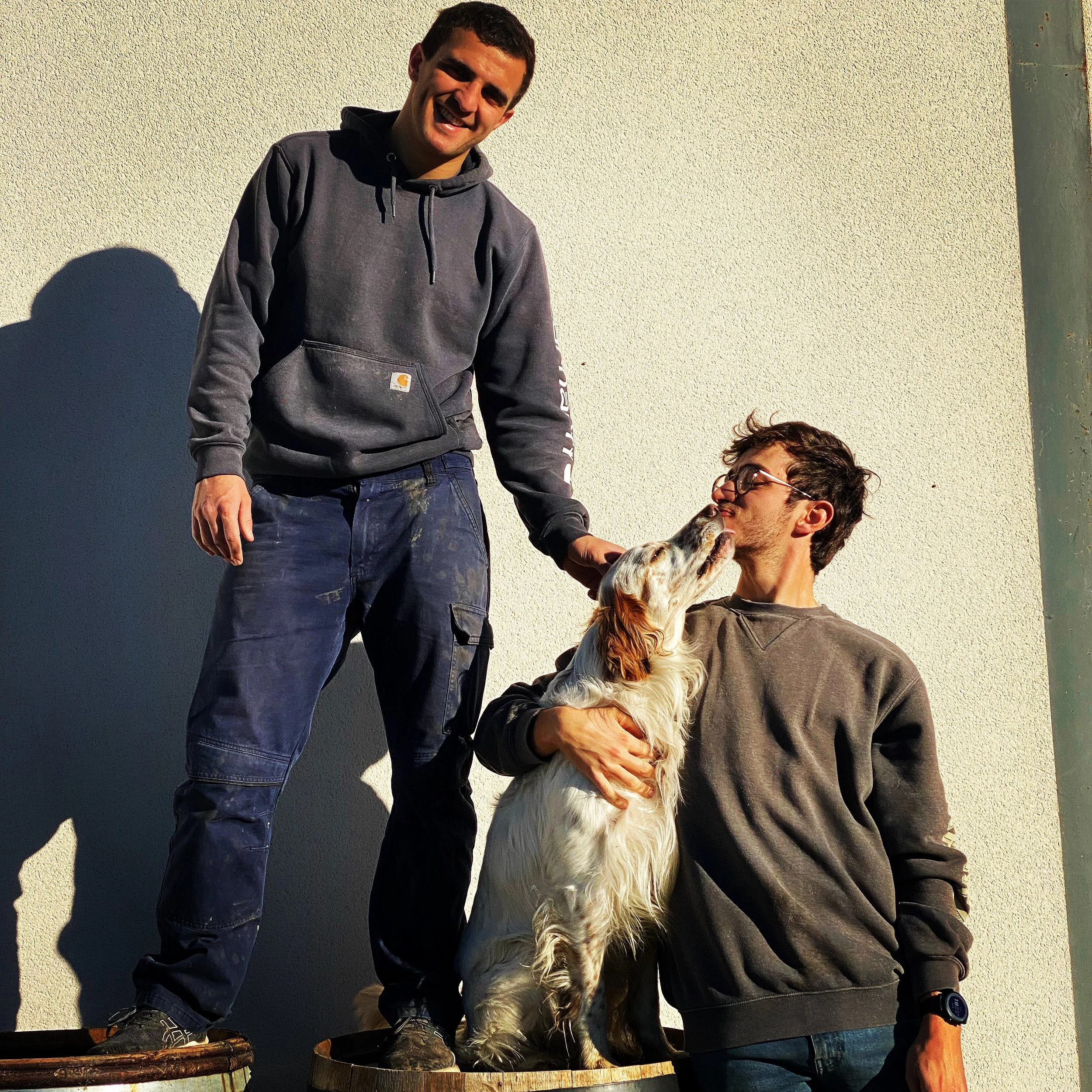

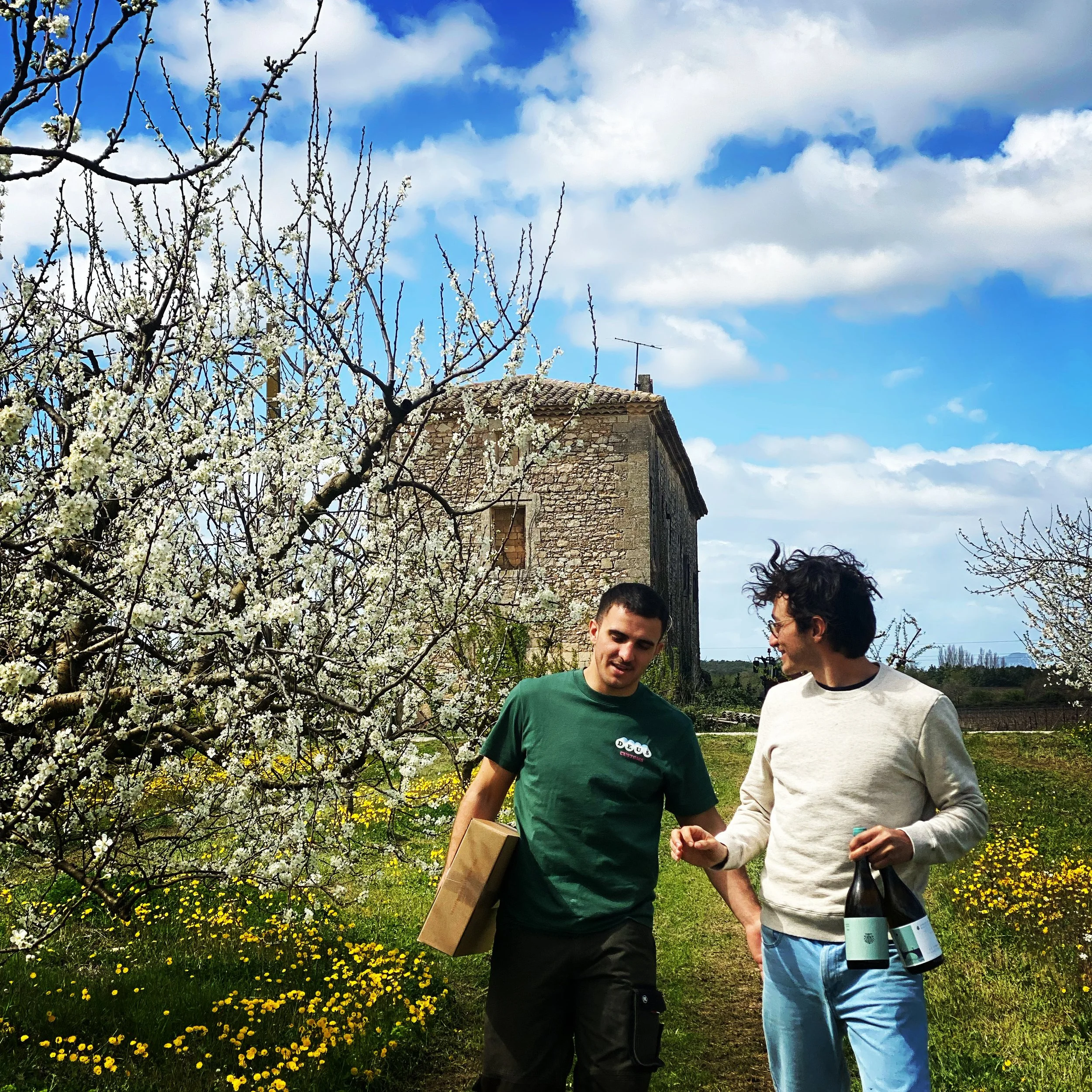
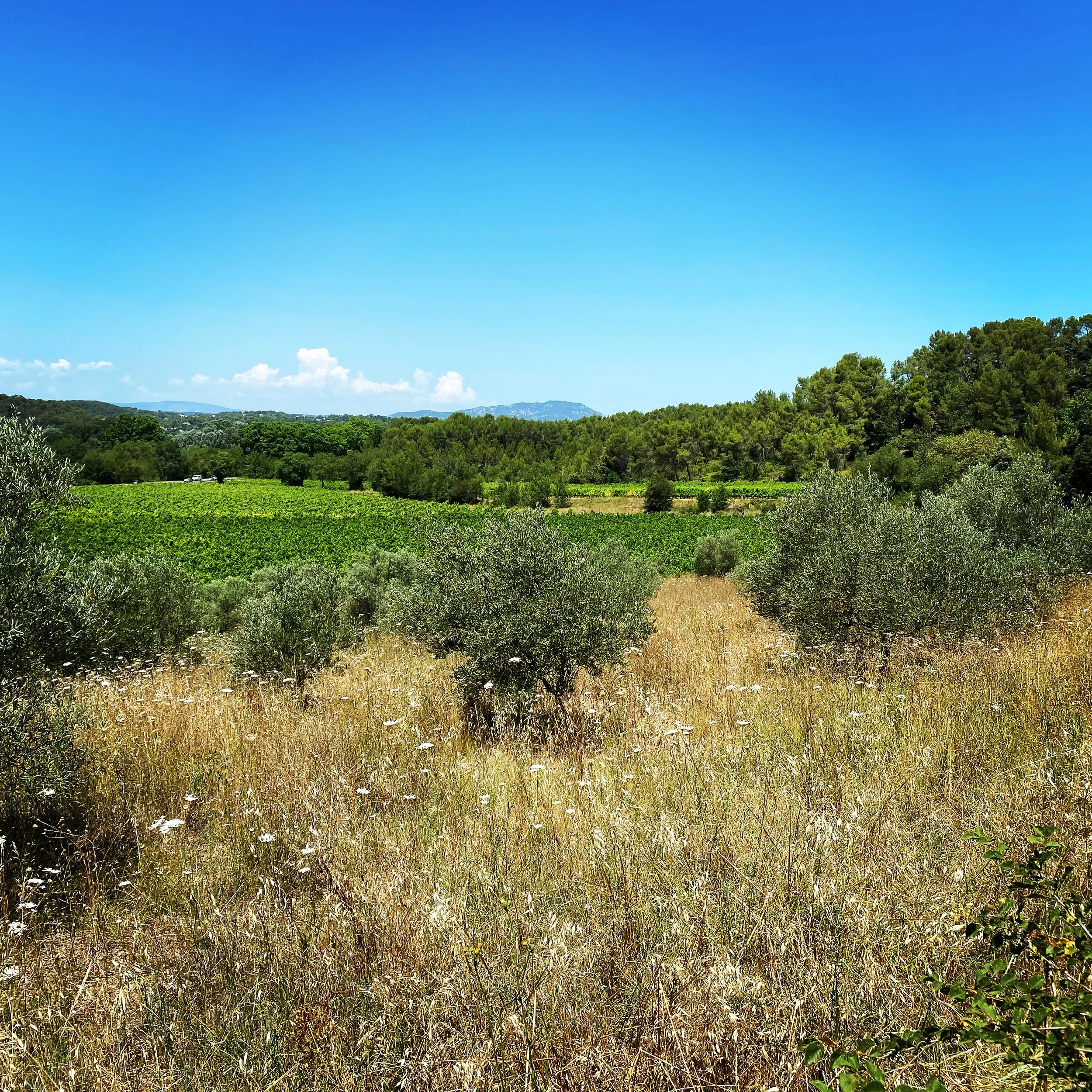
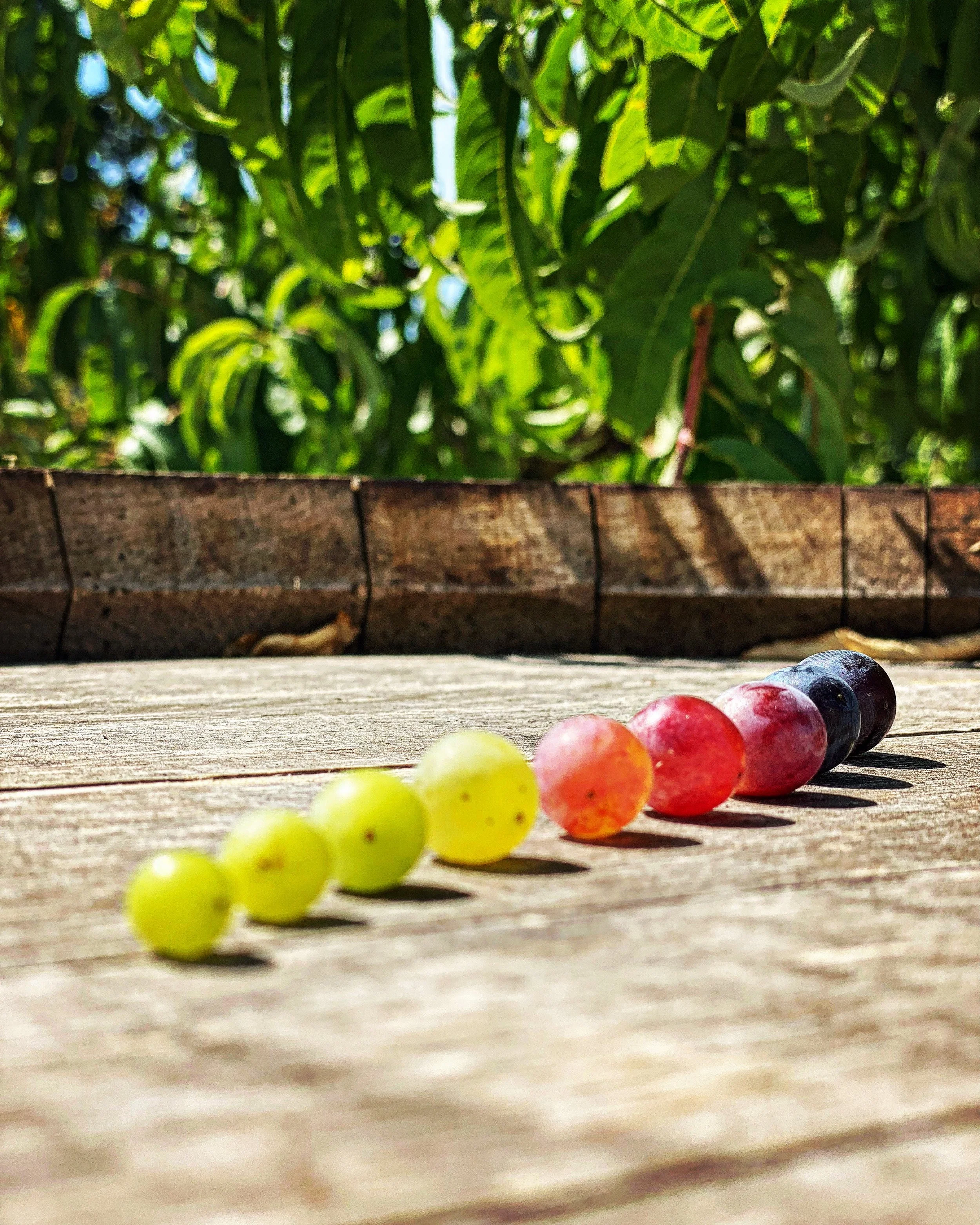
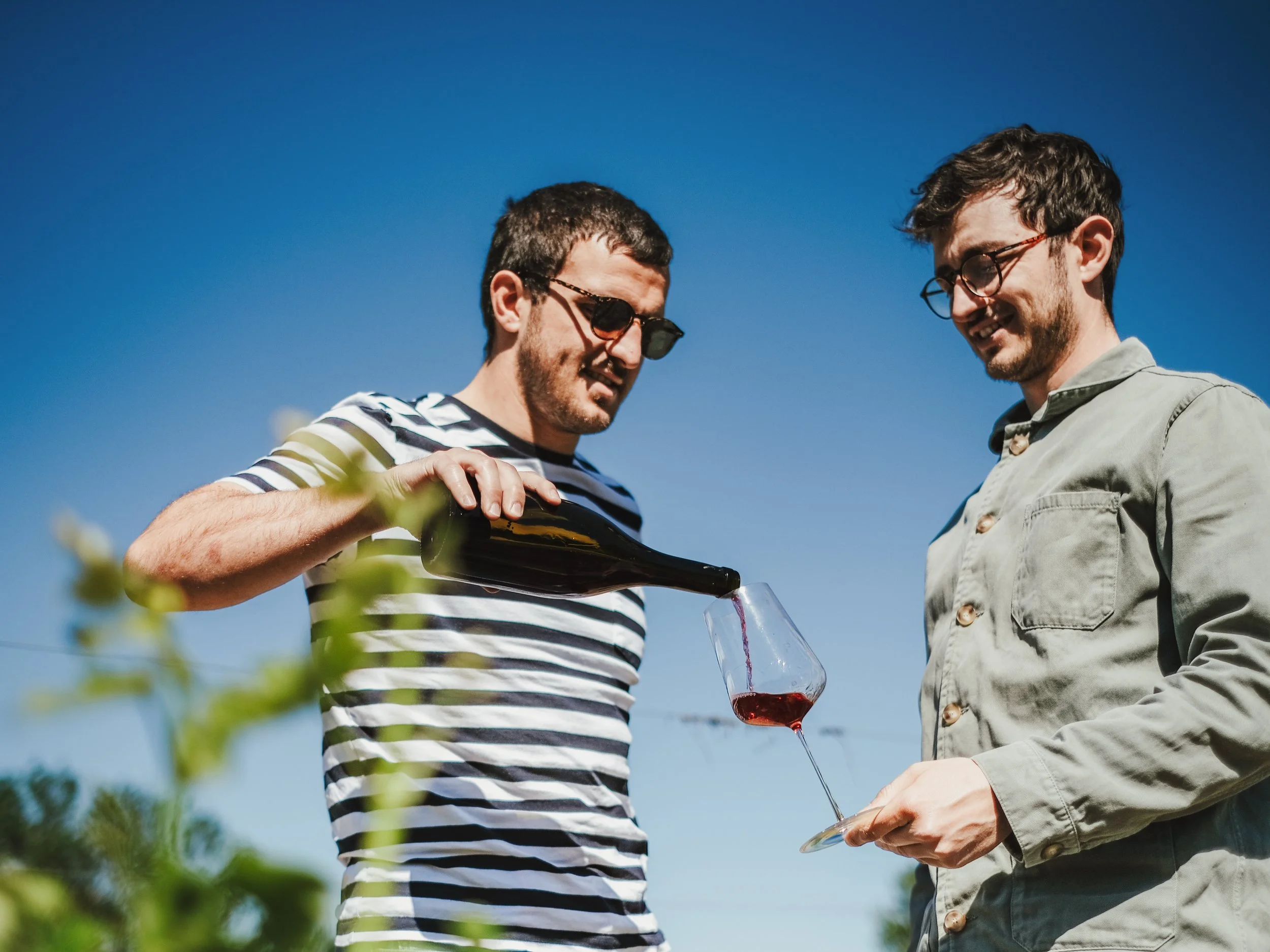
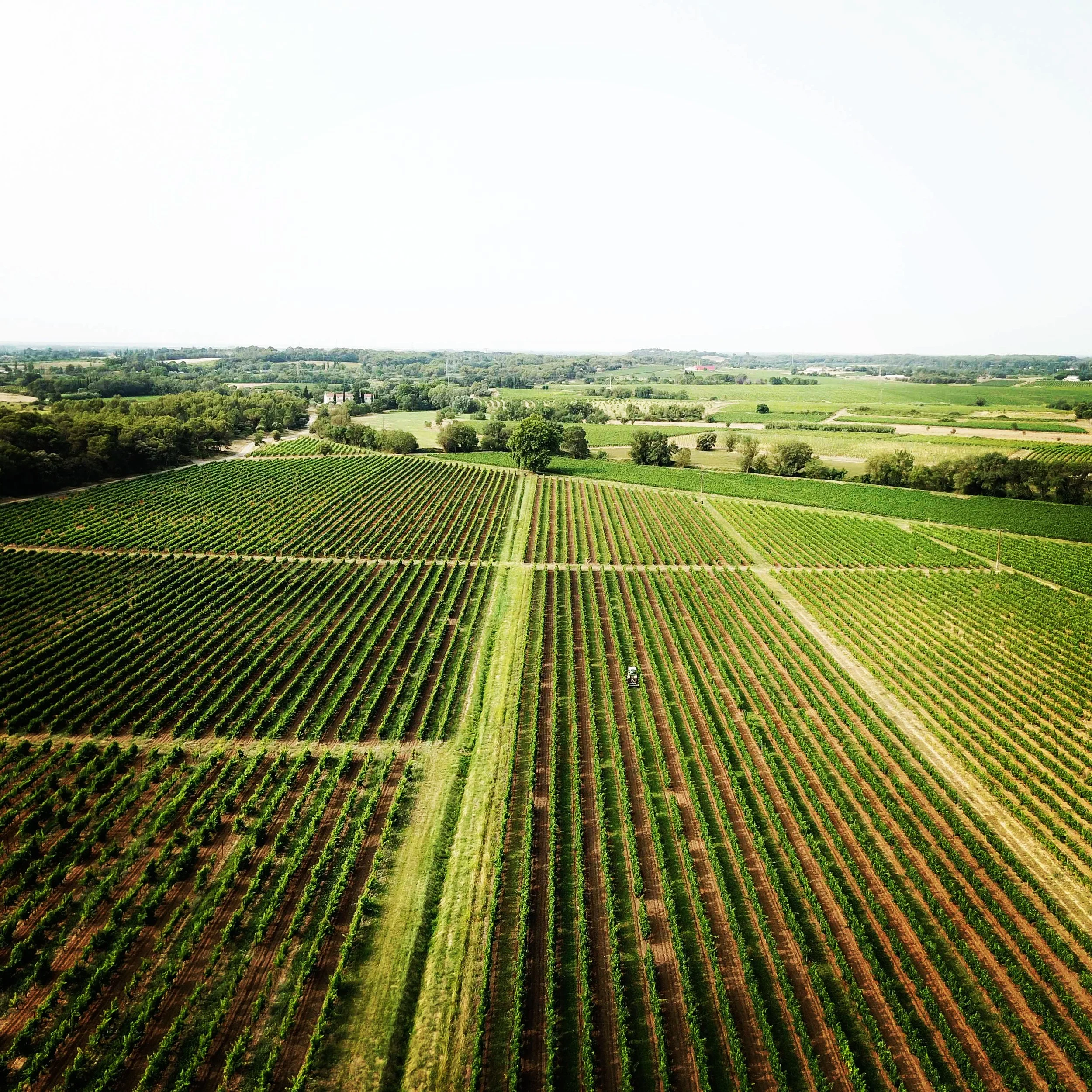
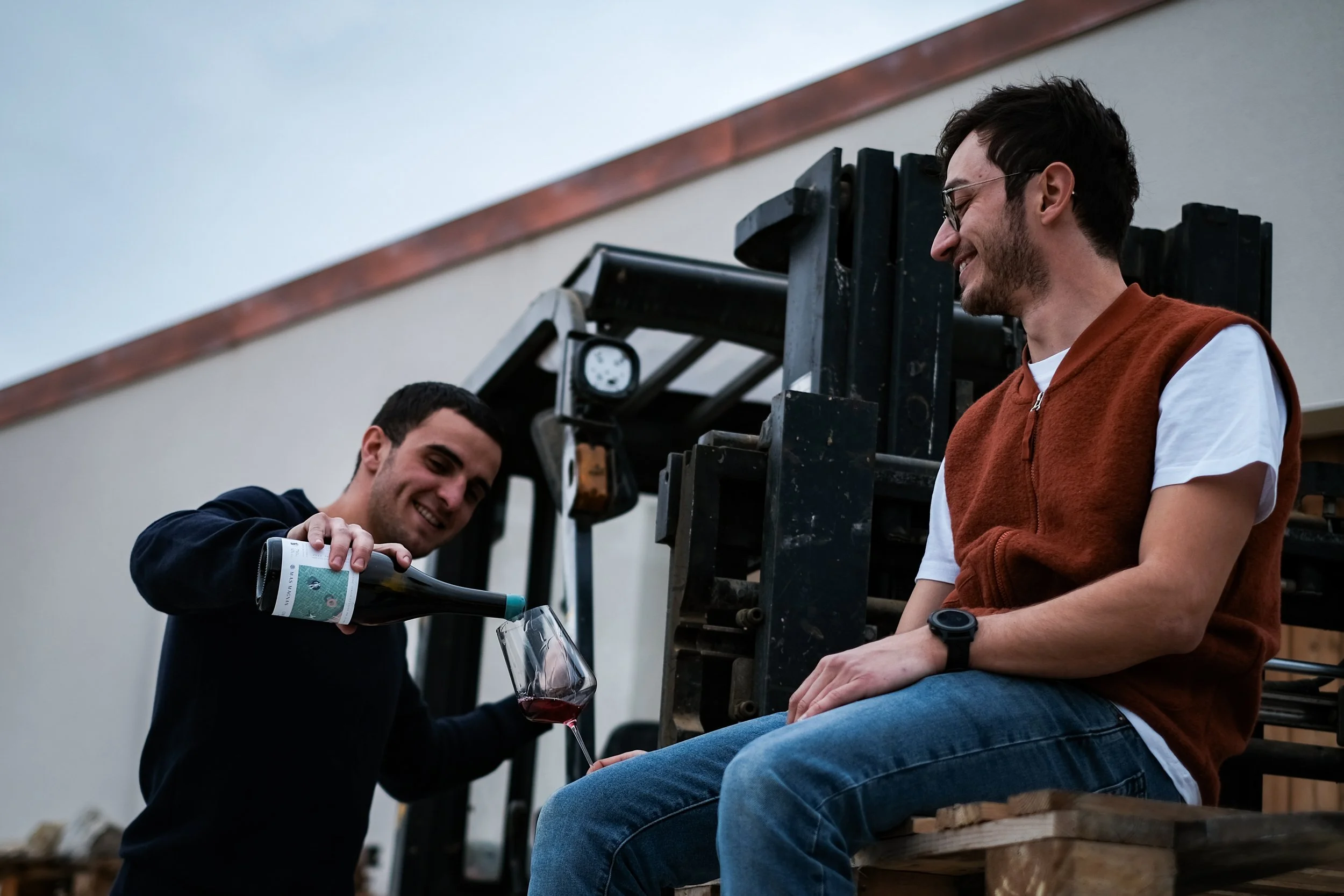

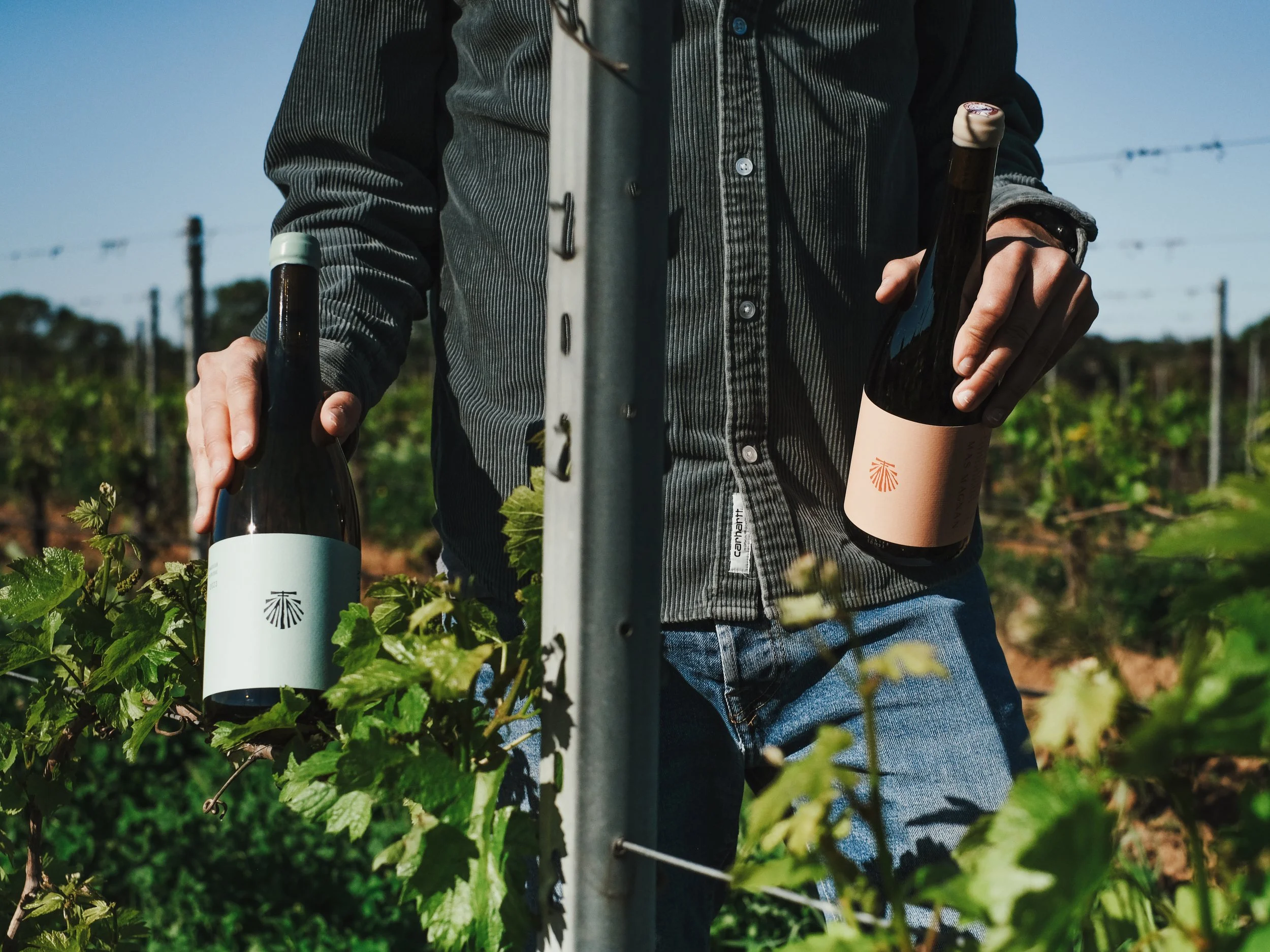
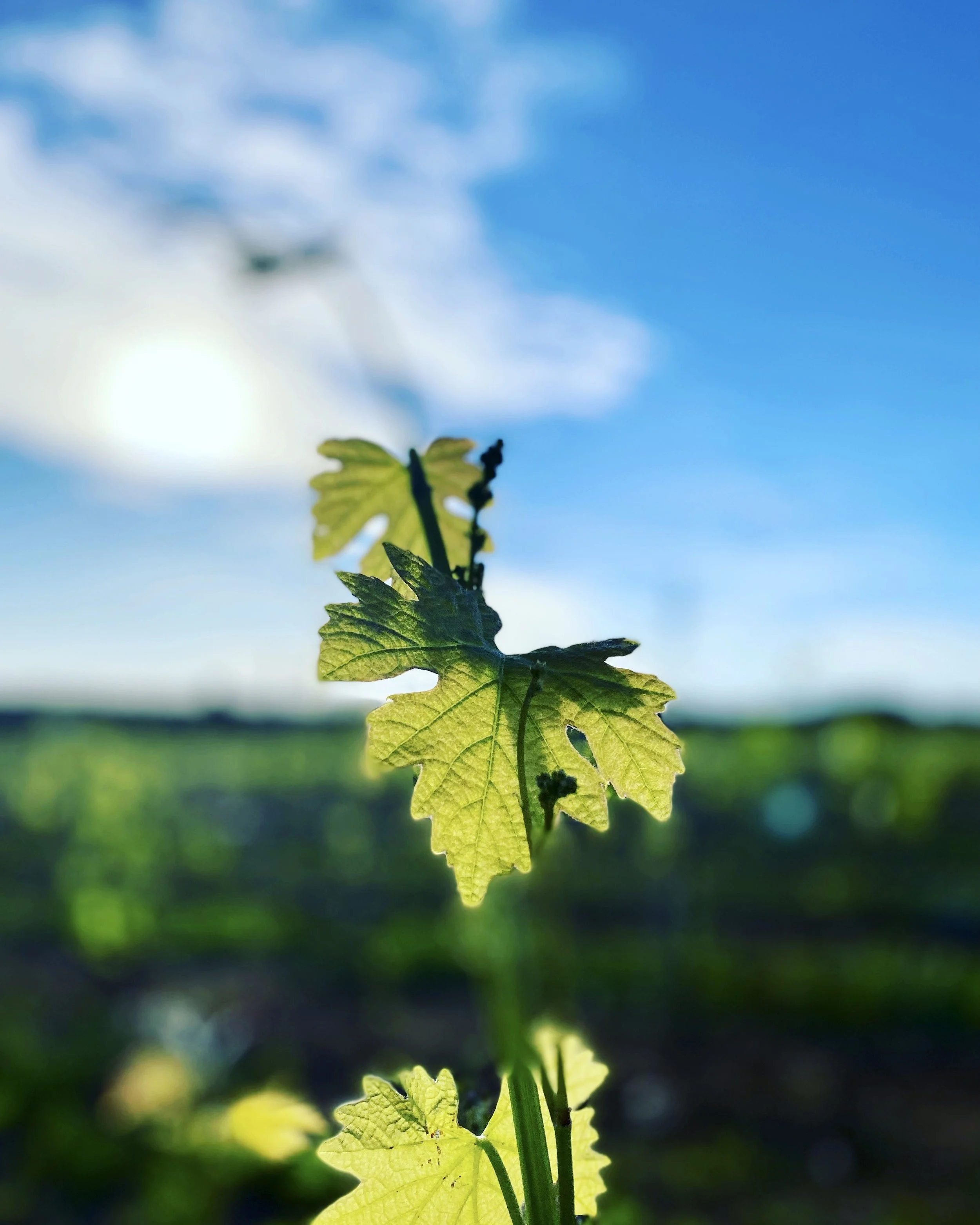

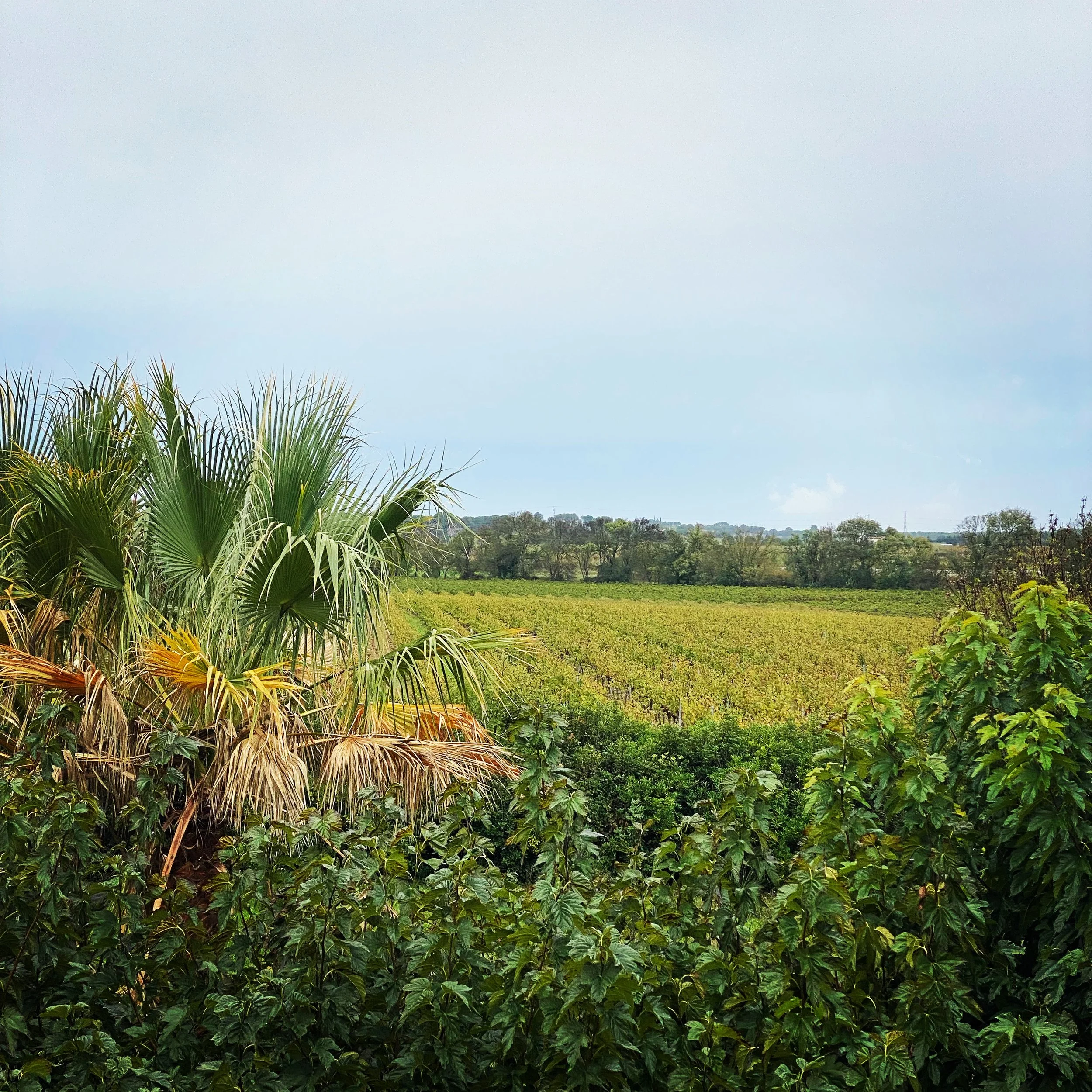
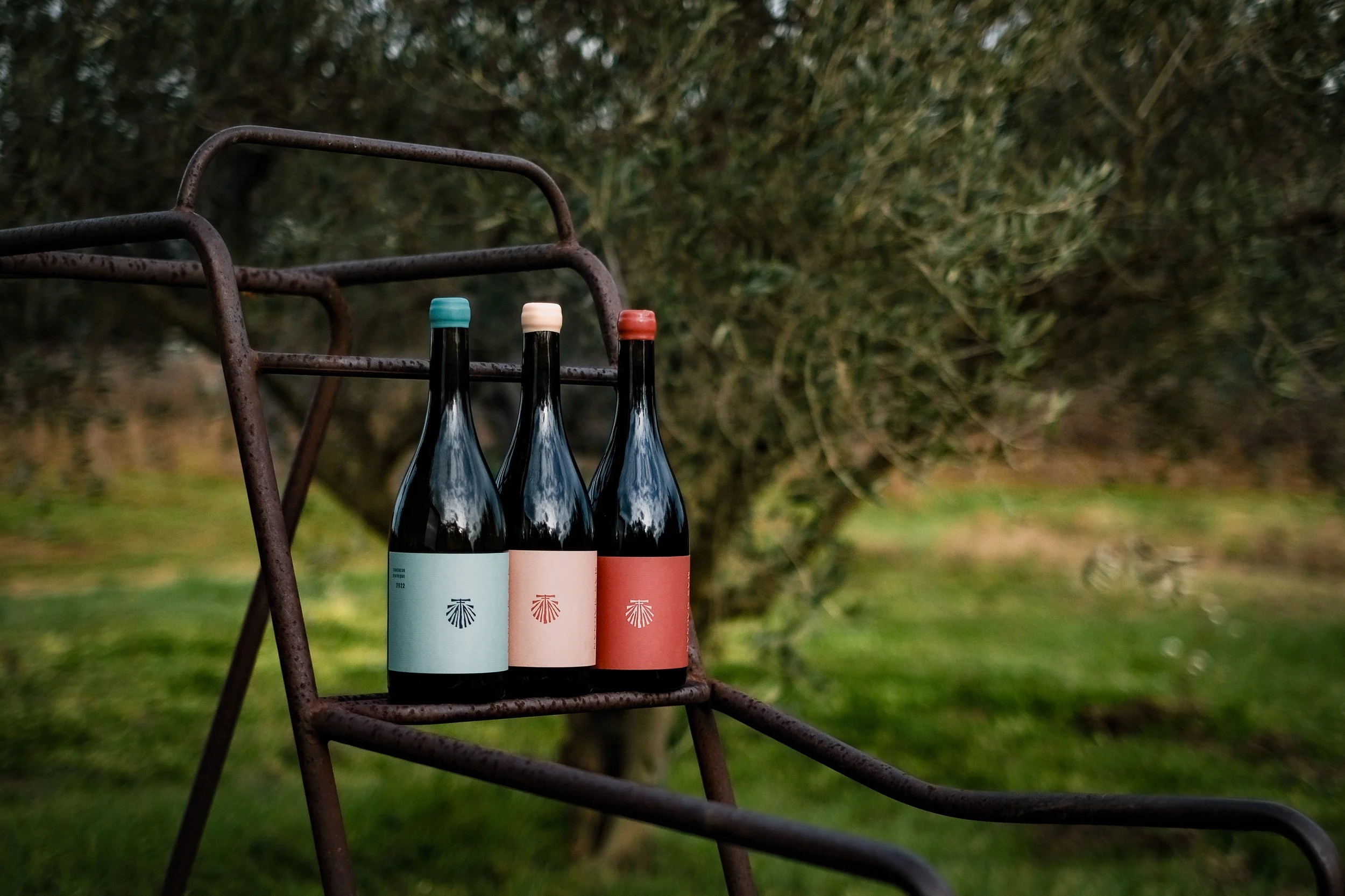

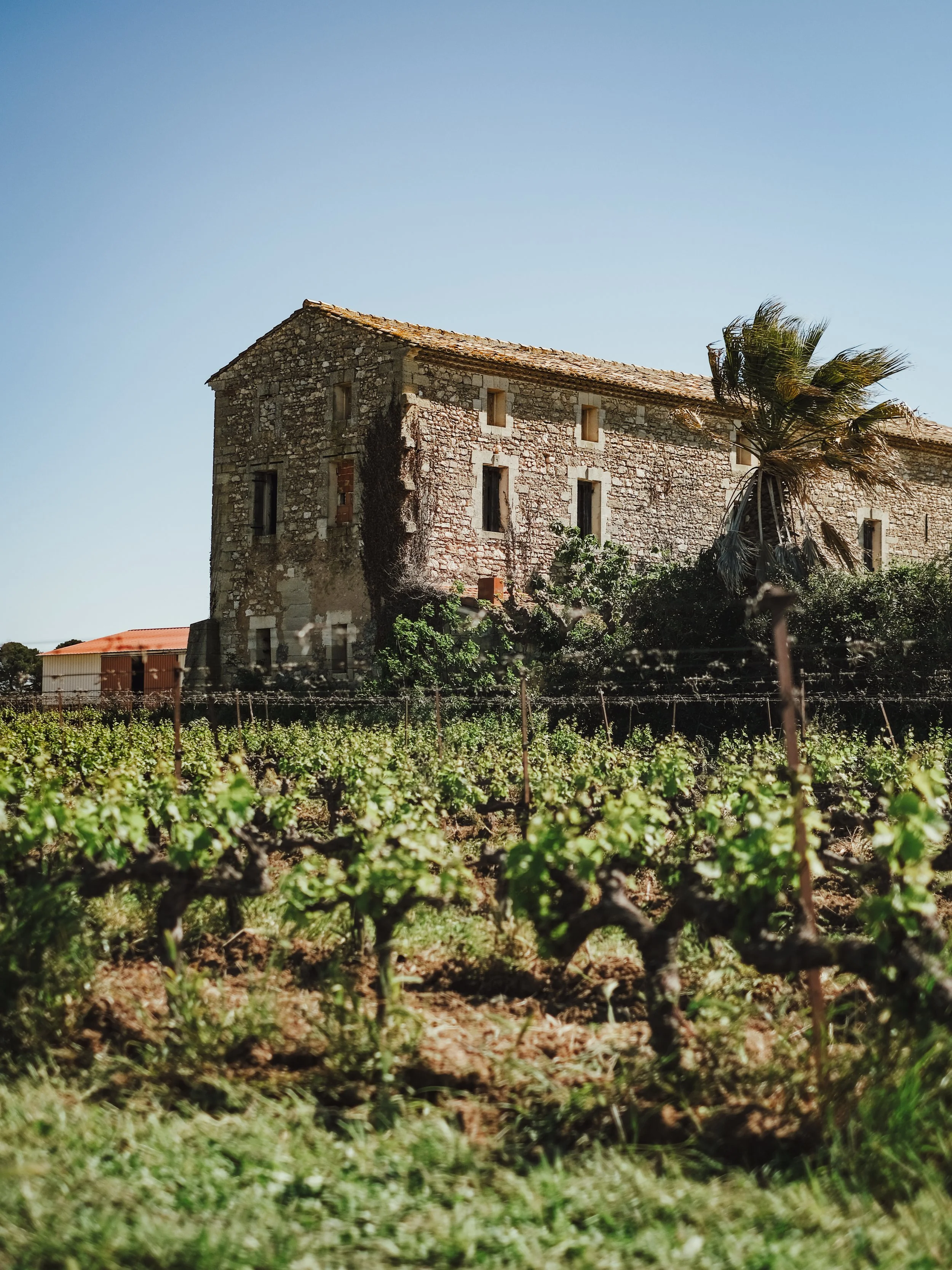
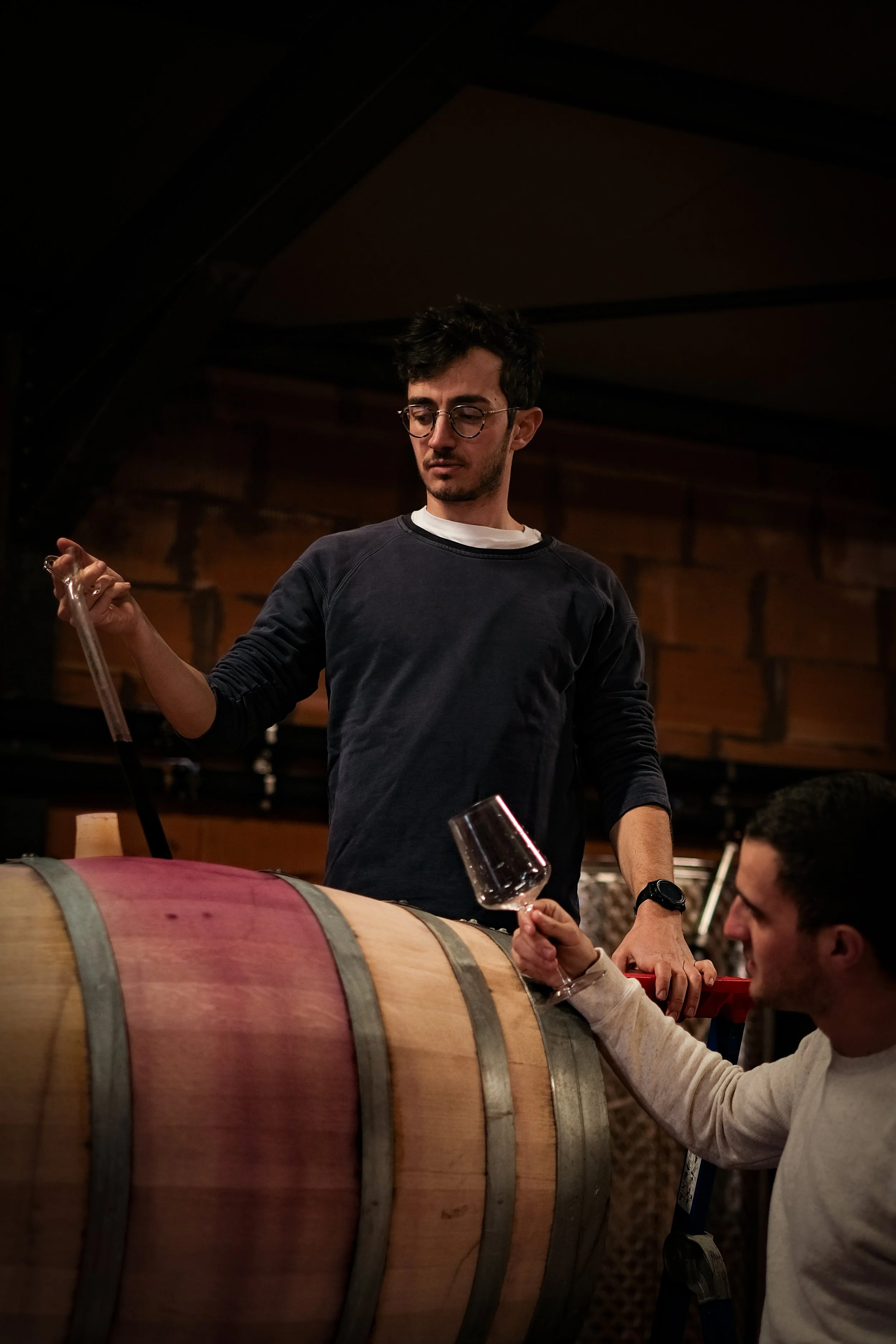
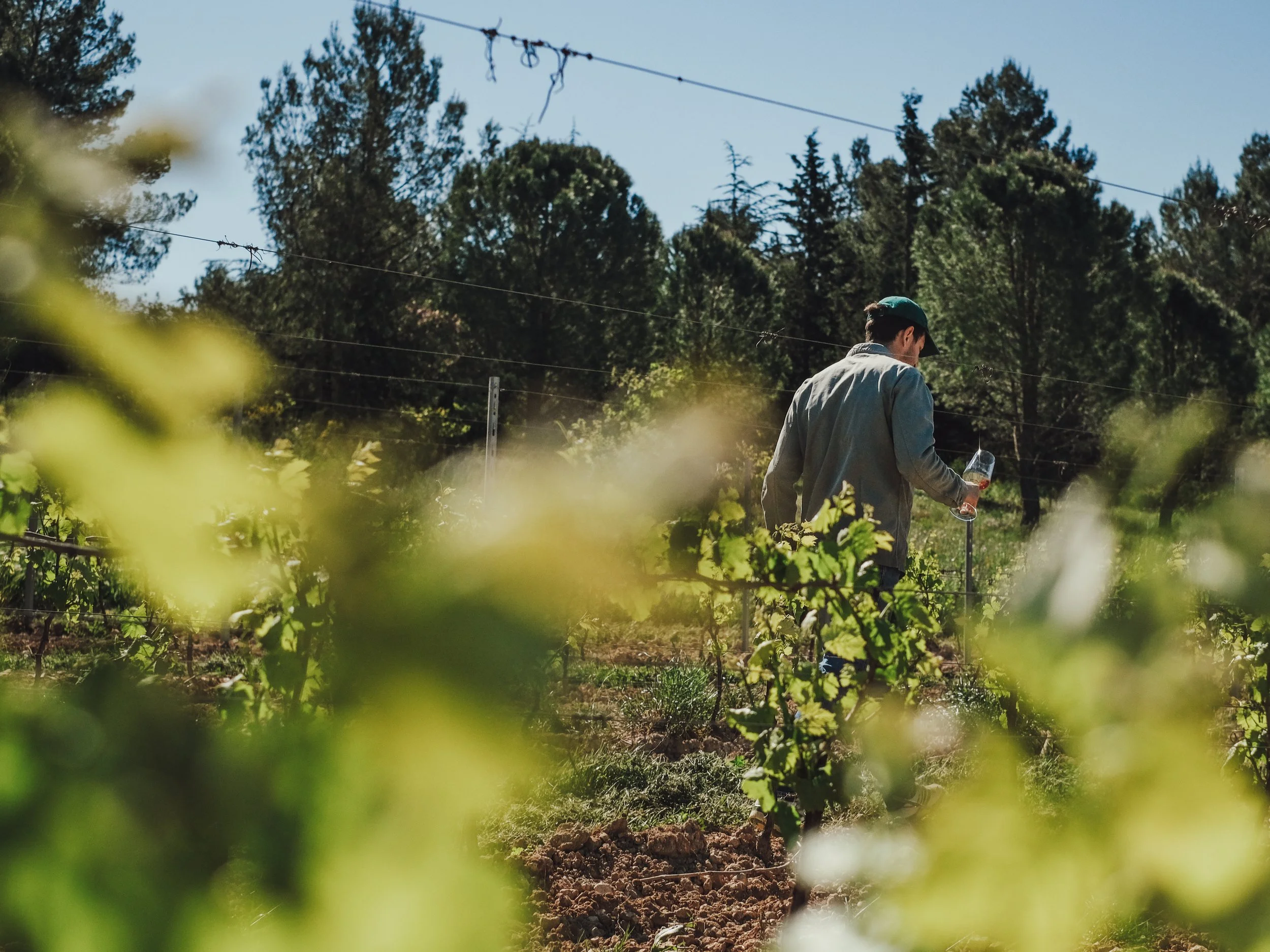
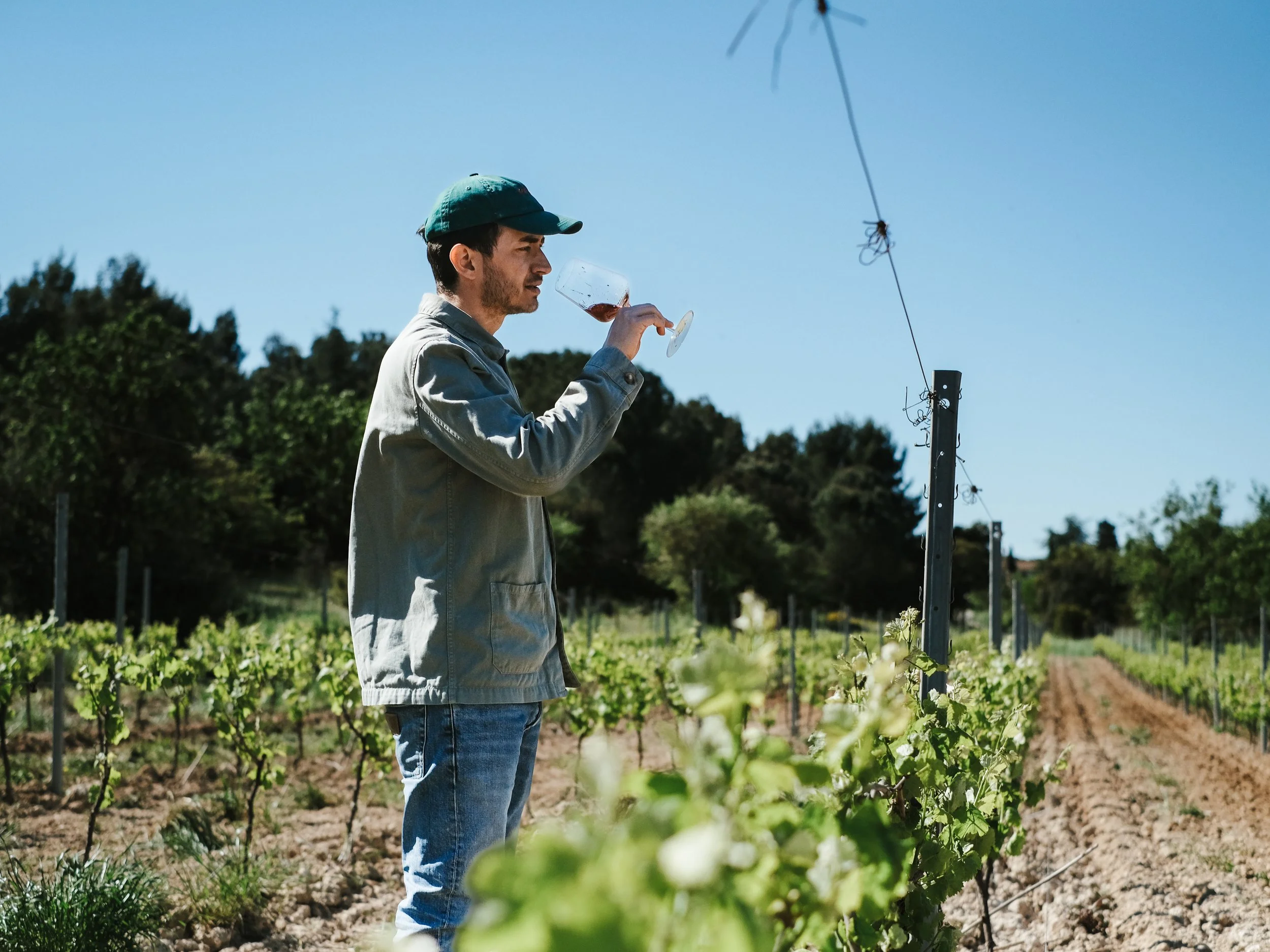
The Wines
Parcellaires
The Parcellaires wines are crafted from a selection of unique terroirs. They reflect Hugo and Guilhem’s commitment to producing juicy, aromatic wines that are faithful to their Mediterranean roots. Each wine is blended with one or more grape varieties from a selection of their vinyeards. These blends were determined based on the characteristics of the parcels (row orientation, soil type, slope gradient, etc.).
Canopée Rosé
This wine is made from young Grenache Gris planted on slopes of one of their vinyeards. In spring, when the vegetation grows, you can see a green mass forming at the top of the plot, similar to the canopy of tropical forests- hence the name!
Pont des Anglais
Le Pont des Anglais is a unique parcel where Sauvignon Blanc is grown in sandy-clay soils. This area, situated at the bottom of the slope, has a great deal of minerality. Also included in the blend are Colombard and Vermentino planted on tufa soils. The trio of grape varieties gives the wine liveliness and freshness.
Come Prima
Inspired by an ancient winemaking tradition in Saint Christol, "one-night" wines were once commonly made in the region with short maceration times to obtain fruity and airy wines. This Sangiovese cuvée is named “Come Prima” or "As Before" in Italian, as a nod to this ancient tradition that has disappeared.
M.A.R.S.
This cuvée, made from Grenache grapes, takes its name from the iron-rich red soils of Saint Christol, reminiscent of the surface of the planet Mars. During the summer of 2019, the highest temperature in France was reached in these vineyards (114.8°F). The challenge to making this wine was to show that the fiery terroir could produce a fine wine with exceptional freshness.
Les Magnans
The Les Magnan bottlings were born from a desire to create wines that are mindful of future challenges in viticulture and express the originality of a generation committed to doing things well. These are forward-looking wines with a balance between Languedoc heritage and winemaking sensibility shaped by experience and travel.
Chemin de Damas
The "Le Chemin De Damas” bottling embodies the quest to create a wine that honors both the vine and nature. Hugo and Guilhem strive to produce the purest expression of their terroir, bringing together experience and sensitivity at every stage of the process. Through this cuvée, made from Cinsault and Syrah, they continue to move forward on their own “Road to Damascus”.
Chasseur d'Afrique
This cuvée comes from a very old Colombard parcel nestled in the heart of the garrigue. Each spring, it becomes a seasonal home for the Northern Carmine Bee-eater—a migratory bird from West Africa that spends the summer in the vineyards. With its vibrant colors and bold, lively character, the bird symbolizes the freedom the brothers embraced in creating this unique Mediterranean white wine.


